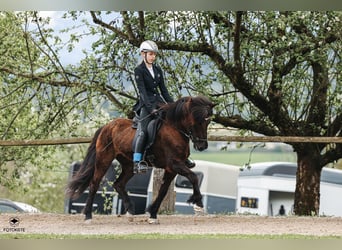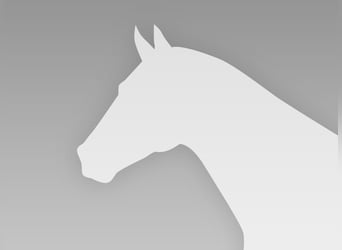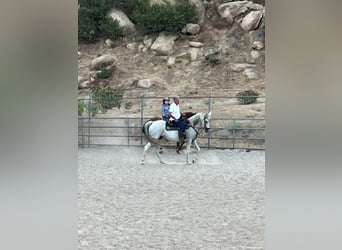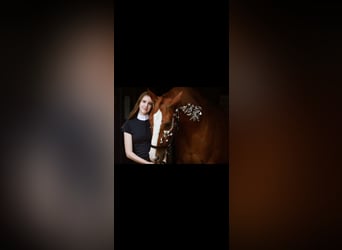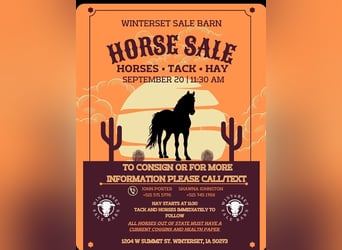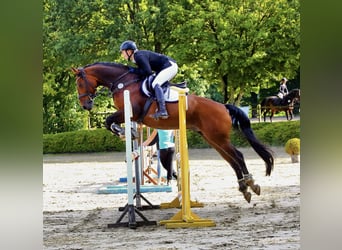AT
Horse searches for a rider
There’s never been a better time for horses and human performers to work together creating gorgeous displays that engage both partners while they wow the crowd. Whether as a ridden show or with the horse performing at liberty, that is, free and uncontrolled by a rider, equestrian displays are a great way to build a bond of trust between horses and humans. Horses and ponies usually love learning new skills, particularly if encouraged by positive reinforcement and a tasty treat! What’s more, any horse or pony of any age has the capacity to learn some simple tricks, such as stretching down for a carrot, bowing or picking up a piece of fabric. Many people are surprised to discover how quickly their apparently ordinary pony learns a new skill, and who knows – they could be the next social media superstar!
Similar search queries
US
US
DE
DE
DE
US
DE
Characteristics of an Equestrian Display Horse
Talented display horses are often members of professional teams who perform at shows and events across the world. These horses are trained to an exceptionally high standard and may be used by re-enactors, or for film and TV work, or at major stadium events. While every horse and pony has unique talents, horses for this type of show work are often members of a small group of breeds that have been used historically for displays. Whatever the breed, an equestrian display horse needs to combine a laid-back and willing temperament with a hint of hidden fire, which gives them a great presence in front of an audience. They are true equine actors and performers.
Equestrian Display Horses: The Best Breeds for this Discipline
When it comes to costumed shows, there’s one group of horses that comes up again and again – that is, the Iberian breeds. Gorgeous Lusitanos and PRE horses have the steady character, eye-catching beauty and presence that thrills an audience. They are intelligent horses too, learning quickly and contributing their own charisma to each event. Breeds such as the Friesian and the recently created Warlander are also much in demand for equestrian display work. Friesians are a good choice for carriage work in the show ring. Many pony breeds, such as Shetlands, are highly intelligent and make great performers, particularly at liberty.
Equestrian Display Horses in Equestrianism
Modern equestrian displays, quadrilles and shows have their roots in circus equestrian acts, which are not of ancient origin, but in fact, were invented in the eighteenth century by skilled performers, such as Philip Astley. It was often former military men who were excellent horse riders, such as Astley, who established displays of riding skill in either outdoor or indoor arenas in front of a paying audience. Much of what is now associated with the traditional circus, such as the size of the ring in which the acts perform, is attributed to Astley. Cultures with a strong equestrian tradition, such as the Cossacks, were also famous for their athletic riding displays and many of them found a natural home in the circus ring. For circus liberty work, traditionally Arab and half-Arab horses were used, as well as ponies. The ponies often had eye-catching coat colourings, such as spotted, palomino or black and white. Display or show horses may specialise in one set of skills or be multi-talented performance horses. The Iberian breeds often appear in displays of traditional Iberian horsemanship, such as garrocha and classical dressage. A good performance horse will learn to work in a broad range of unusual theatrical conditions, including under bright spotlights, with loud music, and possibly the use of fire or explosions. They are usually trained to perform at least some of the haute école movements and to accept riders wearing a variety of costumes. They will also often be confident with riders using weapons, such as swords, lances, or bows, moving around on the saddle, or even hanging off it! An experienced show horse is an integral part of every professional display team and the younger horses learn their confidence from the older ones. Horse enthusiasts don’t have to be professionals to enjoy a bit of showmanship. Anyone can have fun teaching their horses some of the more basic skills!
